NCPA: Where arts took centre stage for 50 years
The National Centre for Performing Arts started in 1969 with an iconic advisory board that which included Ustad Vilayat Khan, Yehudi Menuhin, Ravi Shankar, Pu La Deshpande and Satyajit Ray. 50 years later, we speak to those who continue to nurture the south Mumbai platform.
If the late Jamshed Bhabha was the architect of the National Centre for Performing Arts (NCPA), JRD Tata, its co-founder and patriarch of the Tata Group, guided its destiny. The two would discuss it so much that Bhabha apologised for taking up so much of Tata’s time. To which the steel magnate is said to have responded, “One day perhaps the NCPA’s work might be more important to the country than the work of the steel company”.
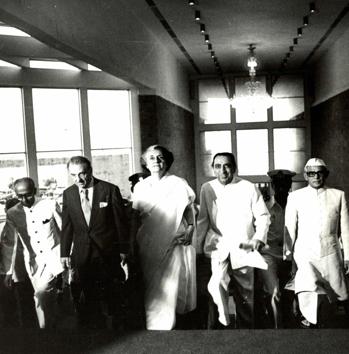
Bhabha was convinced that India’s performing arts needed saving. They had survived through the patronage of kings and princely states, but once privy purses and royal titles were abolished, by prime minister Indira Gandhi (who inaugurated the NCPA twice), how would the arts be sustained?
That was one of the reasons Bhabha pushed for the formation of the NCPA in 1969. From a rented plot on Bhulabhai Desai Road, it now sprawls at the far end of south Mumbai, home to five theatres, hosting everything from musical performances by vocalist MS Subbulakshmi and violinist Yehudi Menuhin to classical Indian dance heavyweights such as Kelucharan Mahapatra, Birju Maharaj and Mallika Sarabhai. As the NCPA turns 50 this month, we speak to a few people who have helped nurture it.
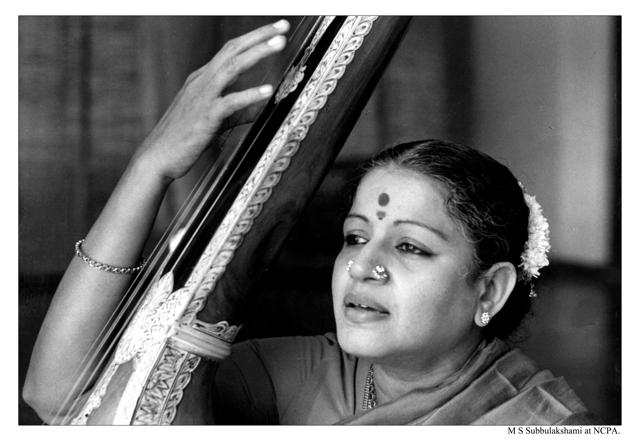
Shyam Benegal, film-maker: Benegal is a longstanding member of its advisory committee. The NCPA, he says, was not something the commercial megalopolis of Mumbai wanted, it was something it desperately needed. “The government had the Akademis for various arts. There was the Lalit Kala for painting, the Sangeet Natak for music, Sahitya for literature – but it was all centered in Delhi. Jamshed Bhabha wanted something for Mumbai,” he recalls.
Each theatre was designed with exceptional care. The 1,040-seat Tata Theatre which opened in 1980 was designed by postmodernist American architect Philip Johnson and acoustics expert Cyril Harris, so as to require no amplification. “Bhabha hated the use of microphones, he wanted instruments to sound the way the normally do,” says Benegal.
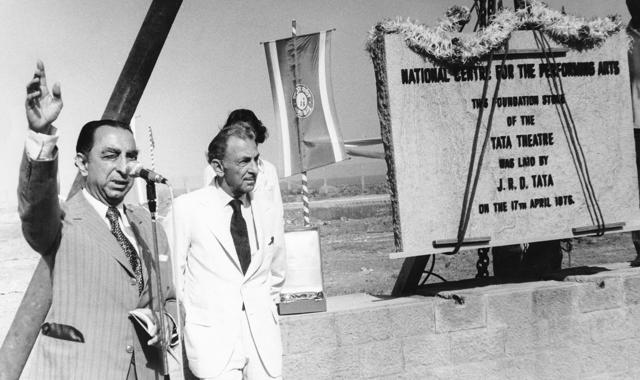
He remembers the NCPA’s original advisory board, a historic team, including Ustad Vilayat Khan, Yehudi Menuhin, Ravi Shankar, Pu La Deshpande, Satyajit Ray. “Bhabha just had a knack for picking the very best,” Benegal says. Bhabha found his successor in Khushroo Suntook, who founded the Symphony Orchestra of India in 2006 and is equally dedicated to the arts. “Suntook has helped wean the NCPA away from its elitist image and draw in younger crowds.”
Khushroo Suntook, chairman: “When Bhabha was the chairman, he and I would have long Sunday morning chats at his house and he would dream of having a world-class performing-arts centre,” Suntook says. “We were always worried about money, but he would say, ‘Don’t worry, if the cause is good, the means will follow’.” He bequeathed his Malabar Hill bungalow, Mehrangir, to the NCPA; it was sold for ₹372 crore, after his death in 2007.
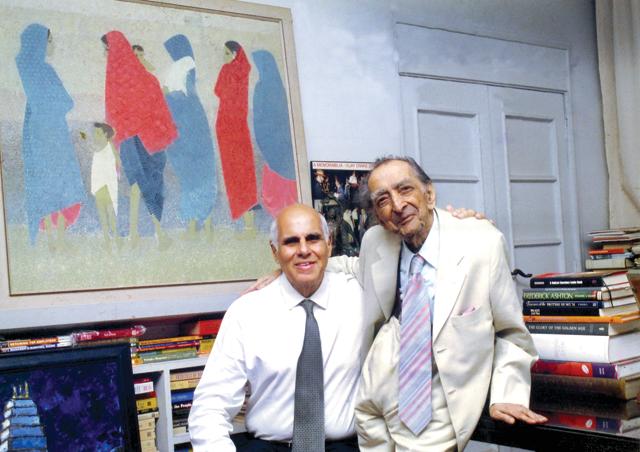
In 2006, Suntook invited violin virtuoso Marat Bisengaliev to form the Symphony Orchestra of India, the country’s first and only professional orchestra.
When Suntook took the reins in 2008, he used his management training to streamline the centre’s operations. He introduced stand-up comedy, added subtitles to operas. The Centre’s most loyal patrons are still largely silver-haired. “We can’t dismiss them,” he says. His favourite performer ever, at the NCPA? The late vocalist Kishori Amonkar, a chronically tardy performer. “I asked her ‘Why don’t you come 10 minutes early?, to which she said, ‘Why don’t you start your shows 10 minutes late?’.”
Farrahnaz Irani, general manager, international music: She’s been associated with the NCPA for over a decade and in that time, she says, “We’ve hosted the biggest names in jazz history, such as Herbie Hancock, George Duke, Al Jarreau, Dee Dee Bridgewater, Bob James.” Most recently, the iconic trumpeter Arturo Sandoval visited and performed. “There’s no one in the city who can beat our line-ups,” she says, grinning. “And we clock in around 700 shows a year, across dance, theatre and music.”
Suvarnalata Rao, programming head for Indian music: Rao came to the NCPA 31 years ago as a research student. One of her fondest memories is a concert from 1997, celebrating 50 years of India’s Independence.
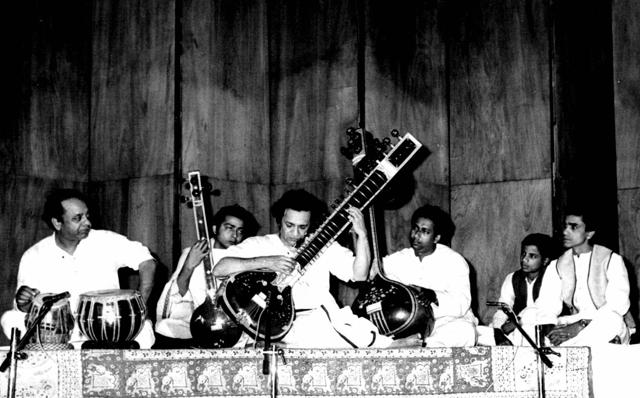
“At the stroke of midnight, we lit the Tata Theatre with lamps, while Ravi Shankar played,” she says. “It was surreal. He played ‘Saare jahaan se achcha’, the iconic song which for which he had composed the music.”



